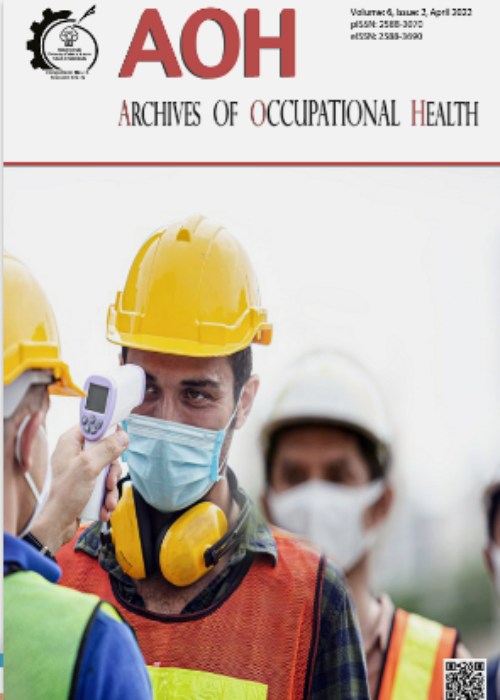Evaluation of Occupational Exposure of Bus Drivers to Road Particulate Matter in Bojnurd, Iran
Drivers of public vehicles, especially in highly polluted and crowded areas, are exposed to high air pollutants, especially particulate matter less than ten microns (PM10). The purpose of this study was to measure and evaluate the level of exposure of city bus drivers to PM10 particles in Bojnurd, Iran.
This descriptive-analytical study was conducted in Bojnurd, Iran. A sampling of particulate matter was taken through bus driverschr('39') respiratory area in two routes from the main routes of the city using the Haz-Dust device. This device has been designed and manufactured based on the NIOSH-500 method. Using an impactor 10, the amount of particulate matter less than ten microns was read from the device. Particle sampling was performed in both round-trip buses in three shifts in the morning, noon, and evening for one year. The results of the measurements were statistically analyzed by descriptive statistics and mean statistical indices, independent t-test, Mann-Whitney test and One-way ANOVA test at 95% significance level by SPSS software version 24.
A total of 420 times, PM10 particles were measured in the driverschr('39') respiratory area. Approximately 21% of the measurement days had a concentration of more than 150 micrograms per cubic meter of air (or µg/m3). Measurements show that among 140 days of measurement, the highest concentration was on May 21 (with 380.66 µg/m3 of air), and the lowest concentration was on August 9 (with 35.33 µg/m3 of air). The average daily exposure of drivers in this one-year was 151.29 µg/m3 of air.
The exposure of city bus drivers to PM10 particles in Bojnurd was much higher than recommended by the World Health Organization (50 µg/m3 of air) and slightly higher than the US Environmental Protection Agency standard (150 µg/m3 of air), which predisposes them to cardiovascular disease in the future. The active buses on these two routes did not use the air conditioning system, which allowed suspended particles to penetrate the bus from the outside. It is suggested that in order to reduce the driverschr('39') exposure, effective control measures should be adopted and implemented as soon as possible, such as launching an air conditioning system equipped with a HEPA filter.
- حق عضویت دریافتی صرف حمایت از نشریات عضو و نگهداری، تکمیل و توسعه مگیران میشود.
- پرداخت حق اشتراک و دانلود مقالات اجازه بازنشر آن در سایر رسانههای چاپی و دیجیتال را به کاربر نمیدهد.


